What is Windows?
Microsoft created the desktop operating system called Windows. An operating system is a type of software that acts as an interface between the user and the hardware of a computer. To run other applications, every computer system needs at least one operating system. Applications such as Browsers, MicrosoftOffice, Notepad, Games, etc., require an environment to execute and carry out their functions.
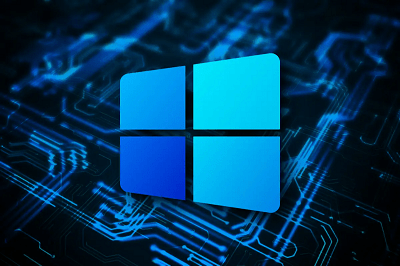
Windows has been almost widely used operating system for personal computers for the last thirty years. Every version of Windows has a graphical user interface with a taskbar that always appears at the bottom of the display and a desktop with symbols. Users may open as many windows, explore directories, launch files and programs using the Windows "File Explorer." The start menu is present in most Windows versions and offers rapid access to files, menus, and the Windows search function.
The initial release of Windows in 1985 was only an addition to Microsoft's already-existing MS-DOS disc operating system. For the first time, Windows allowed DOS users to navigate a virtual computer system graphically, opening graphical "windows" showing the contents of interactive folders and files with only a single click instead of typing commands and directory pathways at a text prompt. This was based on licensed ideas that Apple Inc. had used for its Macintosh System Software.
Additional functionality, such as native Windows File Manager, Program Manager, and Print Manager applications, and a more interactive interface, was included in later versions.
History of windows
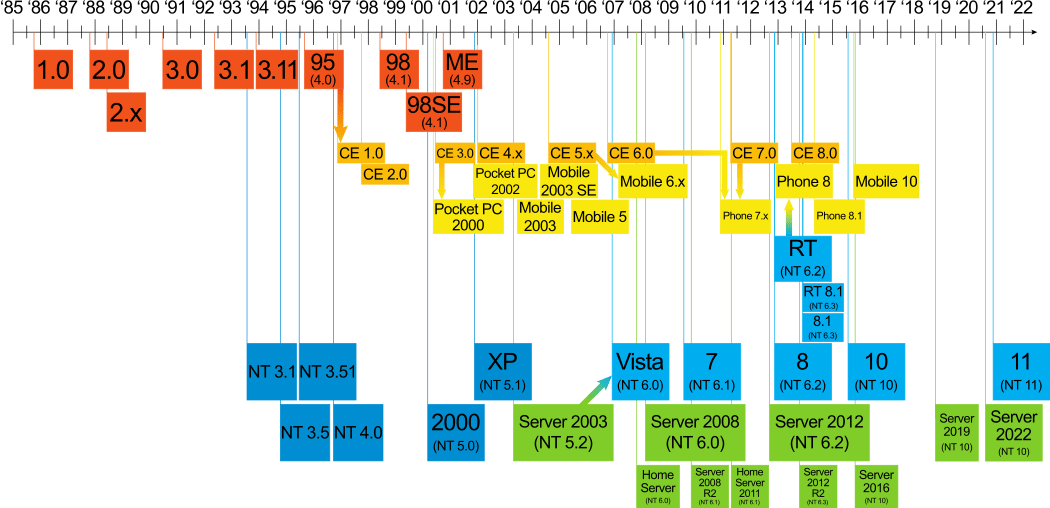
Microsoft created special Windows products for enterprises, such as the networkable Windows for Working groups and the powerful Windows NT. In 1995 consumer version of Windows 95 included complete Windows and DOS integration as well as built-in Internet capability, along with the Internet Explorer web browser.
Windows 1.0
Windows' initial version 1.0 was released by Microsoft. It was first sold for $100.00 when it was first launched on November 20, 1985. Moreover, it was Microsoft's initial attempt at creating a 16-bit graphical user interface.
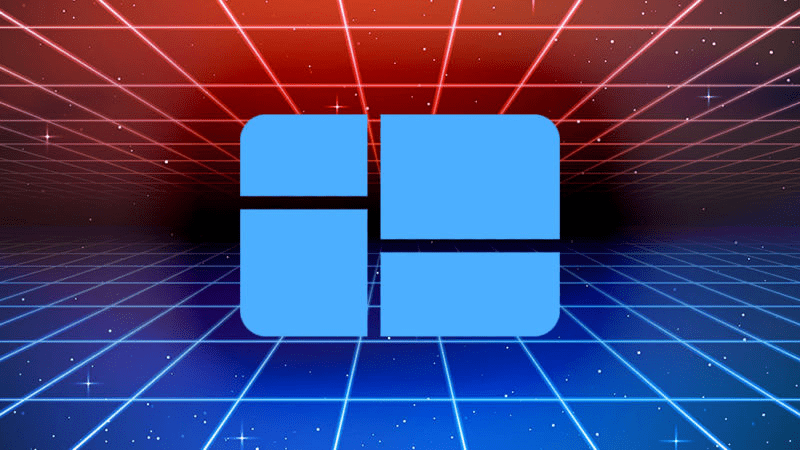
Windows 2.0
The 1987 introduction of Windows 2.0 represented a little advancement over Windows 1.0. In addition to allowing minimized windows to be navigated around the desktop using a mouse, this updated version adds related windows.
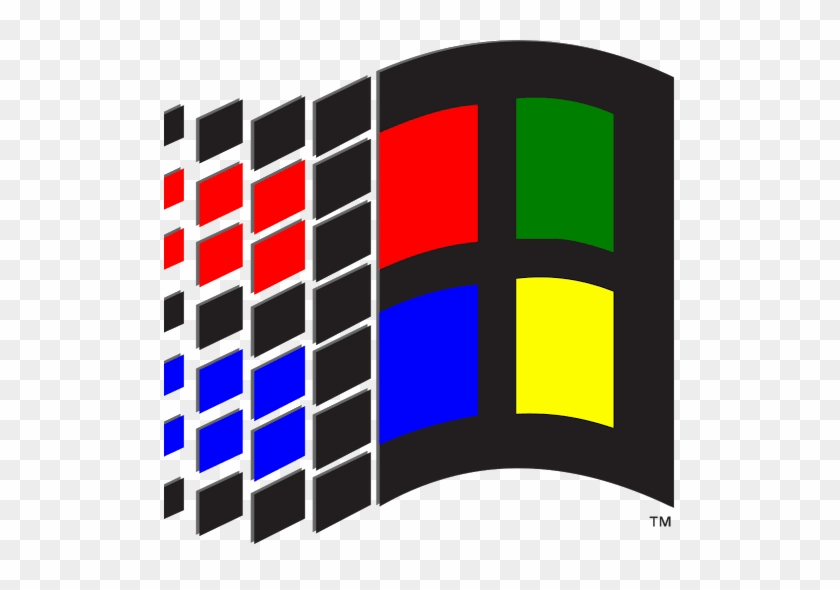
Windows 2.1(Windows286)
Microsoft Windows 2.1 is an important update. As Windows 2.0's replacement, it entered manufacture on May 27, 1988.

Windows/286 and Windows/386, two variations published with it and are believed to be identical to their predecessor, have varied CPU compatibility. Since it supports EMS emulation and is made to use both conventional and extended memory, the Windows/386 model is believed to be superior to the 286 one in comparison.
Windows 3.0
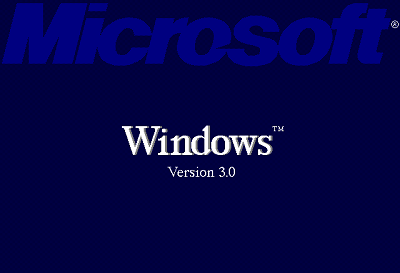
In 1990, Windows 3.0 was the third biggest version of Microsoft Windows. It contains a revised graphical user interface (GUI), which replaces the list of file names found in its predecessors with clickable icons to denote programs. Later versions would increase the software's functionality, including support for CD-ROMs and multimedia support for audio recording and playback.
Before Windows 3.1 was replaced in 1992, Windows 3.0 sold 10 million units.
Windows 3.1
When it was under development, its code name was Sparta, which was released in April 1992. It served as the most popular graphical user interface operating system for personal computers. And over a million units were sold in the first two months following its debut. By offering TrueType fonts, it finally made Windows a suitable publishing platform. On Windows 3.1, Minesweeper was also utilized for the first time.
Users could now use a mouse to operate MS-DOS applications for the very first time, and it only required 1MB of RAM to function. It was the first operating system to be offered for download on a CD-ROM, as well.
The following are some versions 3.1 iterations:
Windows for Working groups 3.1 was introduced in 1992.
On July 27, 1993, Microsoft released Windows NT 3.1.
On December 31, 1993, Windows 3.11, an upgraded version of Windows 3.1, was released.
Windows for Working groups 3.11 was introduced in February 1994.
Windows NT 5 was released on September 21, 1994.
Windows NT 3.5, the next version, was released on May 30, 1995.
Windows 95
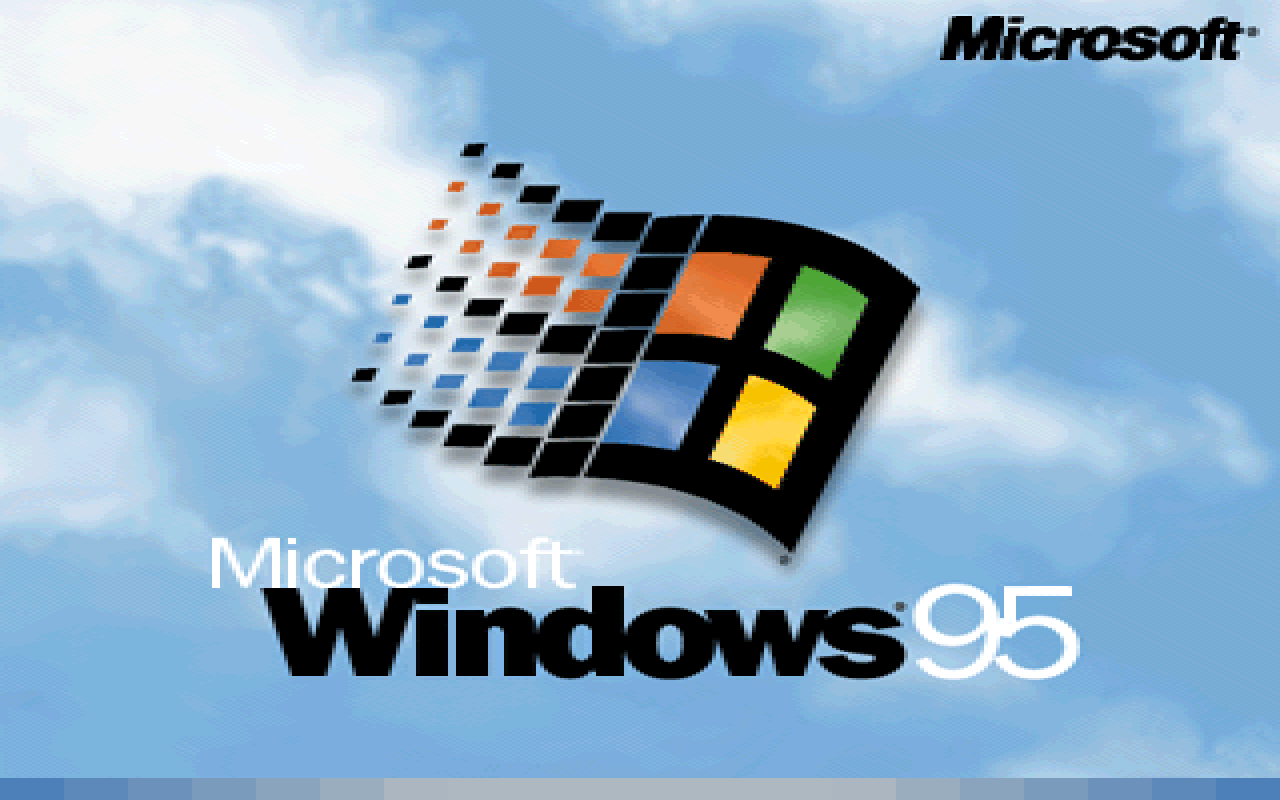
As a member of the Windows 9x family series of operating systems, Windows 95 is a consumer-focused operating system created by Microsoft. The replacement to Windows 3.1x, it is the first operating system in the 9x series. It was first available for manufacture on July 14, 1995, and for public retail use on August 24, 1995.
Windows 95 was replaced by Windows 98 3 years after its debut. On December 31, 2000, Microsoft stopped providing general support for Windows 95.
Windows 98
As a member of the Windows 9x series of Microsoft Windows operating systems, Windows 98 is a consumer-focused software platform. It was released to production on May 15, 1998, and in public to retail on June 25, 1998. As the second successor operating system in the 9x family, it is Windows 95's replacement. It is a combination of 16-bit and 32-bit, just as in previous versions.
Windows me
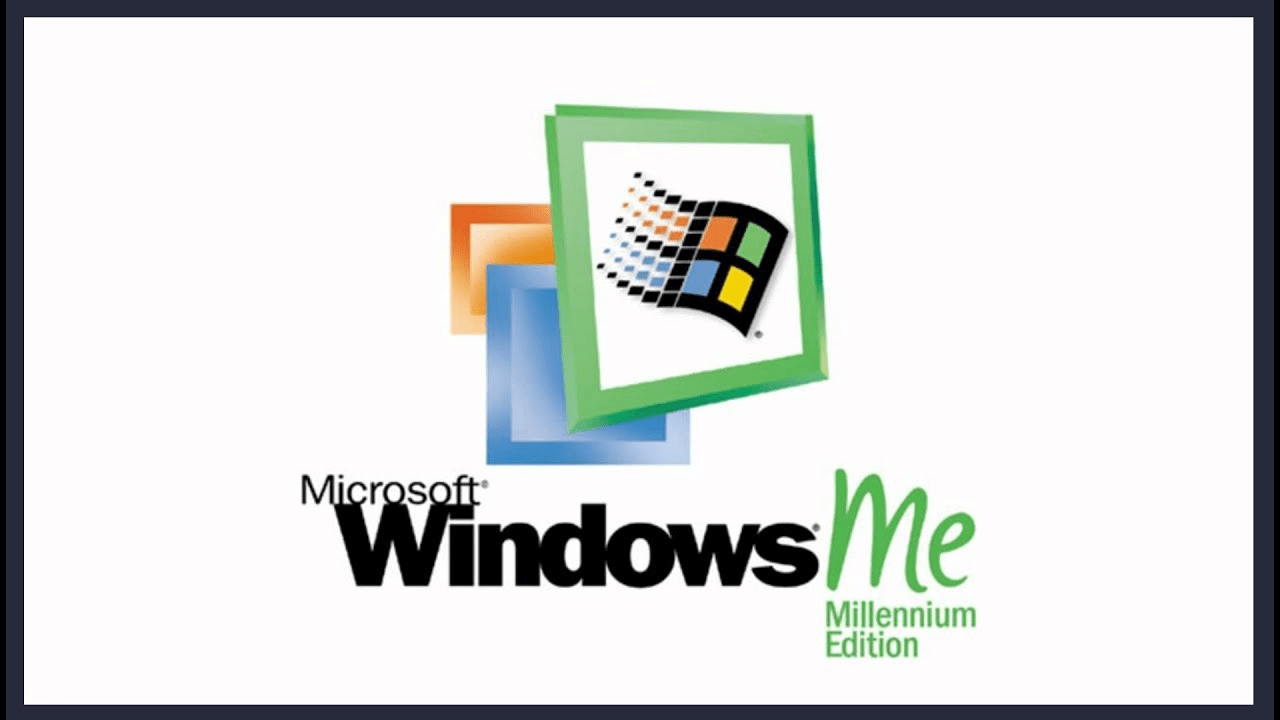
Microsoft created Windows Millennium Edition, sometimes known as Windows Me (commercially known by the name "me"), as a member of the Windows 9x series of Microsoft Windows operating systems. It was introduced to production on June 19, 2000, and after that, to retail on September 14, 2000. It is the replacement for Windows 98. Up to the release of Windows XP in 2001, it served as Microsoft's primary operating system for everyday users.
Windows Me was created primarily with home Computer users in mind. It came with Internet Explorer 5.5 (after the default was Internet Explorer 6), Windows Media Player 7, and the brand-new Windows Movie Maker application, which offered simple video editing and was supposed to be user-friendly.
Windows NT
The first edition of Windows NT, a commercial graphical operating system created by Microsoft, was made available on July 27, 1993. It is multiprocessing, the multiuser operating system that is self-reliant on the processor.
Windows NT 3.1, the initial release of the operating system, was created for servers and workstations. It was a commercial operating system created along with MS-DOS-based Windows consumer editions. The Windows 9x series was gradually replaced by the Windows NT series as Microsoft's basic operating system product line for all desktop computers.
Windows 3.1x and Windows 9x, both designed for consumers, were 16-bit/32-bit hybrids, respectively, in comparison to NT, which was the first fully 32-bit version of Windows.
Windows NT 3.1
On July 27, 1993, Microsoft launched Windows NT 3.1, the first important update to the Windows NT operating system.
When Windows NT was released, Microsoft's Windows 3.1 software platform already had a solid reputation and position in the market. Still, it was limited by a 16-bit architecture and depended on the DOS operating system for many of its core operations.
However, Windows NT was a fully 32-bit operating system with a desktop experience that was comfortable for Windows 3.1 users.
This was a redesigned version of Windows, represented by the term Windows NT ("New Technology").
For desktops and servers, Windows NT 3.1 was offered in two editions: Windows NT 3.1 servers and Windows NT 3.1 for Advanced Servers.
Before Windows NT 3.5 replaced it in 1994, Windows NT 3.1 sold roughly three lakh copies. Microsoft discontinued offering maintenance and updates for Windows NT 3.1 on December 31, 2000, and the software was considered outdated.
Windows NT 3.5
An important update to the Windows NT operating system targeted at companies is called Windows NT 3.5. It was made available on September 21, 1994, and it served as both Windows NT 3.1's replacement and 3.51's predecessor.
Enhancing the efficiency of the operating system was one of the main objectives of Windows NT 3.5 production. Microsoft pronounced Windows NT 3.5 outdated on December 31, 2001, and discontinued offering system maintenance and updates.
Windows NT 3.51
A significant update to the Windows NT operating system targeted at companies is called Windows NT 3.51. It was launched on May 30, 1995, eight months after Windows NT 3.5, making it the third version of Windows NT. The addition of client/server support was the most important improvement made in this edition.
While Windows NT 3.51 regular support and extended support expired on December 31, 2000, and December 31, 2001, respectively, Windows NT 3.51 Server's regular service and extended service terminated on September 30, 2000, and September 30, 2002, respectively.
Windows NT 4.0
An important update to the Windows NT operating system targeted at companies is called Windows NT 4.0. It was made available for manufacture on July 31, 1996, and it went on sale to the general public on August 24, 1996, as Windows NT 3.51's instant replacement. Three years after its release, Windows 2000 replaced Windows NT 4.0 as the major operating system geared toward businesses.
A graphical user interface matching that of Windows 95, which itself was replaced by Windows 98, still directly can be updated either by windows 2000 professional or by windows me. On June 30, 2002, the commercial service for Windows NT 4.0 Desktop was ended by Microsoft.
Windows 2000
A significant update to the Windows NT operating system targeted at companies is called Windows 2000. It was delivered to production on December 15, 1999, and was formally distributed to stores on February 17, 2000. It was the immediate successor to Windows NT 4.0. Up to the release of Windows XP Professional in 2001, it served as Microsoft's commercial operating system.
Additional innovations of the Windows 2000 Server family include the launch of Active Directory, which in the years that followed became a popular directory service in commercial settings. Professional, Server, Advanced Server, and Datacenter Server are the four editions of Windows 2000 that were made available.
Windows XP and Windows Server 2003, which were made available in 2001 and 2003, respectively, followed Windows 2000 and Windows 2000 Server.
Windows XP
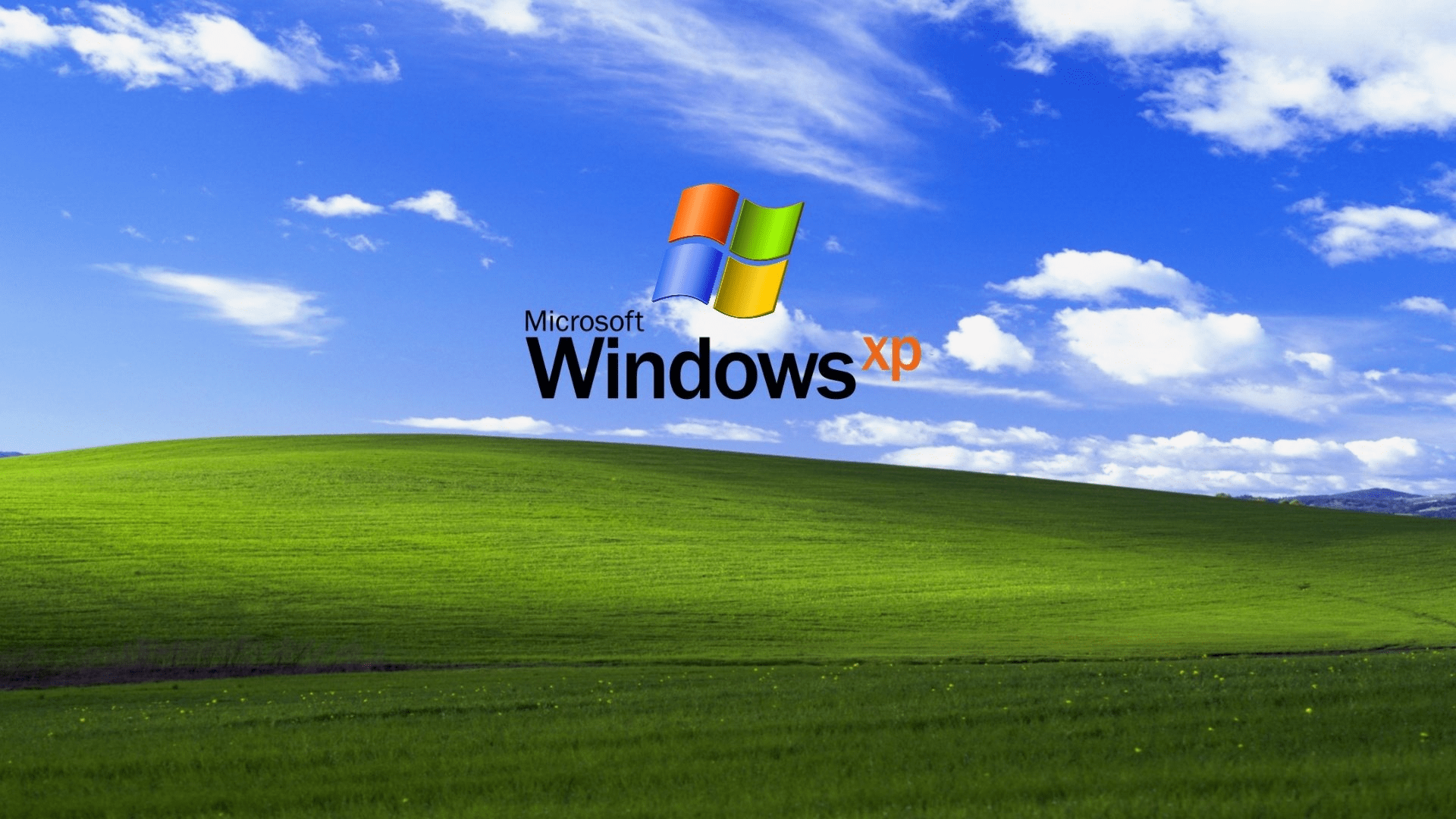
An important update to Microsoft's Windows NT operating system is Windows XP. For business and residential users, it is the immediate replacement for Windows 2000 and Windows Me, respectively. On August 24, 2001, it was made available for manufacture, and on October 25, 2001, it went on sale in stores.
The first consumer version of Windows not based on the MS-DOS and Windows 95 kernels is Windows XP. Windows XP will only operate on 32-bit x86 CPUs and gadgets that utilize BIOS firmware, and it has discontinued compatibility for PC-98, i486 and SGI Visual Desktop 320 and 540. Windows Vista and Windows Server 2008, which were made available in 2007 and 2008, respectively, replaced Windows XP and Windows Server 2003. By the end of 2021, just before Windows 11 was introduced, Windows XP's market share was less than 1%.
Windows XP's extended services expired on April 8, 2014, and standard service ended on April 14, 2009. In certain nations, like Armenia, where over 50–60% of PCs still run Windows XP, it is still widely used.
Windows Vista
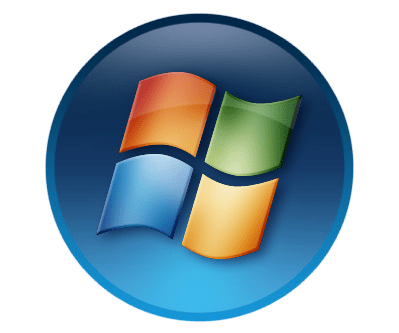
A significant update to Microsoft's Windows NT operating system is Windows Vista. The maximum gap between versions of a Microsoft Desktop computer operating system at the time, Windows XP, launched five years prior, was directly replaced by it. On November 8, 2006, development was finished, and over the next three months, it was gradually delivered to retailers, corporate clients, and makers of computer hardware and software. It is the first version of Windows to be given access through a digital distribution network. On January 30, 2007, it was made available to buy and install from the Windows Marketplace.
The revised graphical user interface and visual theme, along with Windows Search, are extra technologies in Windows Vista.
Vista used peer-to-peer technology to make it easier to share files and media among computers and devices, aiming to improve communication between devices on a home network.
Version 3.0 of the.NET Framework was introduced with Windows Vista, allowing programmers to create programs without using the standard Windows API.
Additionally, Vista received a lot of bad publicity and criticism. Windows Vista has been criticized for its high system requirements, more restrictive license conditions, lack of compatibility, lengthy boot time, and frequent User Account Control authorization prompts. These and other problems led to lower adoption and engagement percentages for Windows Vista than for Windows XP.
By the end of 2021, when Windows 11 was released, Windows Vista's market share was less than 1%.
Windows 7
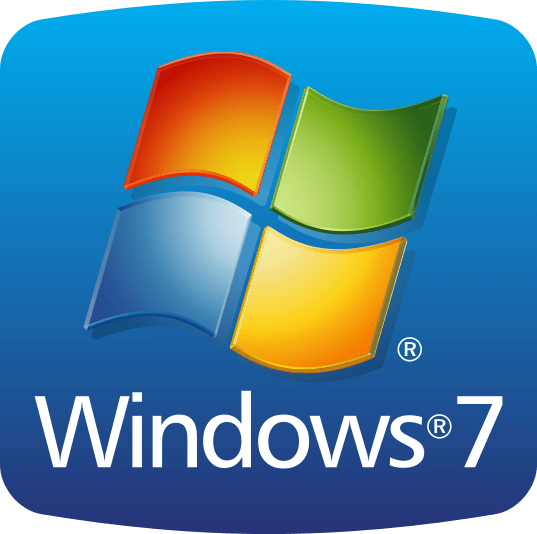
A significant update to Microsoft's Windows NT operating system is Windows 7. On July 22, 2009, it was made available for manufacture, and on October 22, 2009, it was made widely accessible. It is Windows Vista's follow-up, which was launched almost three years earlier. It continued to be an operating system for use on personal computers, including desktops, laptops, and media center PCs for use at home and in the office. It was itself succeeded by Windows 8 in November 2012.
Windows 7's initial release offers updates and technical assistance up to April 9, 2013, at which point users must install Service Pack 1 to continue receiving support and updates.
Microsoft Windows 7 was designed to be an incremental update that resolved Windows Vista's negative reviews while keeping hardware and software compatibility. With the introduction of a rebuilt taskbar that supports pinned programs and additional window management tools, Windows 7 continued to enhance the Windows Aero user interface. Libraries, HomeGroup, a new file-sharing platform, and support for multitouch inputs are among other features that have been included in the operating system.
Several standard programs, like Internet Explorer 8, Windows Media Player, and Windows Media Centre, were upgraded for Windows 7 as well. Microsoft's Windows 7 operating system was a huge success; even before it was officially released; pre-order sales on Amazon.com broke prior records. More than 100 million copies had been sold globally in just six months, and by July 2012, there were more than 630 million licenses. As the most widely used version of Windows by January 2018, Windows 10 overtook Windows 7. 12.62 per cent of conventional PCs running Windows as of May 2022 are running Windows 7. It is still widely used in nations like Syria, China, India, and Venezuela.
Windows 8
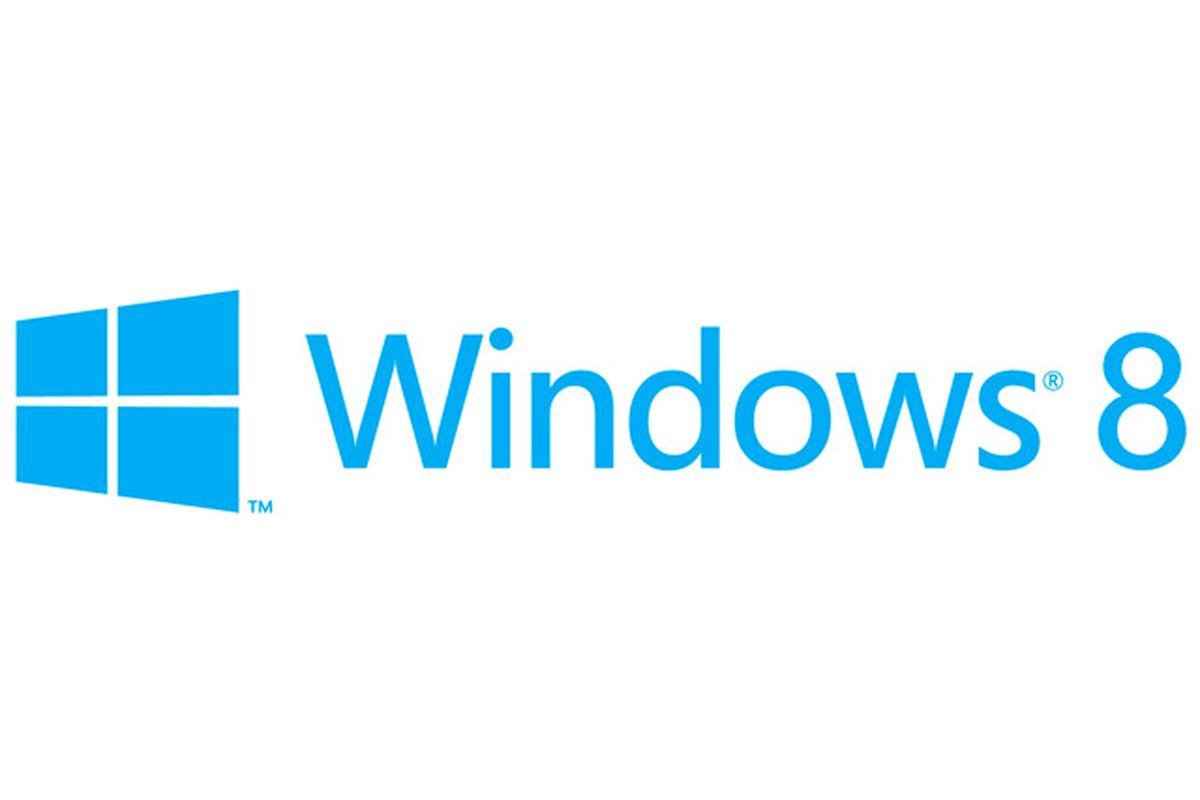
A notable update to Microsoft's Windows NT operating system is Windows 8. It was released to production on August 1, 2012; it was made accessible for download via TechNet and MSDN on August 15, 2012; and finally, it was delivered to stores on October 26, 2012.
To enhance the customer experience on tablets, where Windows was now trying to compete with mobile operating systems like Android and iOS, Windows 8 made significant platform and UI modifications.
These modifications specifically included a touch-effective Windows Shell built on Microsoft's Metro design language and the Start screen, a new platform for app development that prioritized touchscreen input, connectivity with online services, and the Windows Store, an online marketplace for installing and buying new software, and a new keyboard shortcut for screenshots.
These functions were heavily influenced by Windows Phone. For USB 3.0, Advanced Type hard drives, near-field communications, and cloud computing, all Windows 8 adds compatibility. Built-in antivirus software is one of the new security elements that was included. Non-SSE2 CPUs and NX-less devices were no longer supported by Windows 8.
Windows 8.1
Microsoft's Windows NT operating system has a new version called Windows 8.1. Around one year after its release to consumers, it was released to production on August 27, 2013, and it was quickly replaced by Windows 10 on July 29, 2015. Windows 8.1 is now available as a free update for retail owners of Windows 8 and Windows RT via the Windows Store and for installation via MDSN and TechNet.
The issues of Windows 8 customers and reviewers were addressed in Windows 8.1.
A better Start screen, more snap views, more pre-loaded apps, stricter OneDrive (previously known as SkyDrive) interconnection, Internet Explorer 11, an integrated search engine powered by Bing, the return of a visible Start button on the taskbar, and the capacity to go back to the previous behavior of opening the user's desktop instead of just the Start screen upon login are all improvements.
Additionally, Windows 8.1 supported several then-emerging technologies, including 3D printing, Wi-Fi Direct, and Composite video streaming.
The OneDrive integration, the user interface changes, and the addition of more in-depth guidance for using the Windows 8 interface were all praised by critics as reasons why Windows 8.1 had a better welcome than Windows 8.
On January 9, 2018, Microsoft stopped providing security updates for Windows 8.1, and on January 10, 2023, extended security updates will stop.
Windows 10
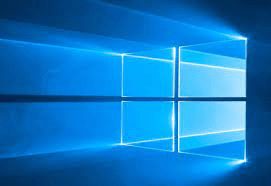
An important update to Microsoft's Windows NT operating system is Windows 10. It is the instant solution for Windows 8.1, which came out about two years earlier. On July 15, 2015, it was made available for manufacture, and on July 29, 2015, it was on sale in stores. Microsoft released Windows 10 as a software update for owners of retail versions of Windows 8 and Windows 8.1 via the Windows Store and to users of Windows 7 via Windows update. It was also made available to the public via MSDN and TechNet.
Microsoft said in June 2021 that the Long-Term Service Channel (LTSC)-exempt versions of Windows 10 will no longer get security updates after October 14, 2025.
When it was first released, Windows 10 was generally well-received. Microsoft received criticism for the methods it implemented to advertise its free upgrade campaign for Windows 10, such as adware-like behaviors, the use of making false user interfaces to persuade users to allow a computer, the downloading and installation of files without the user's permission, and the difficulty for users to turn off the ads and notifications if they did not want to upgrade to 10.
Additionally, critics welcomed the enhancements made to Windows 10's including software over Windows 8.1, the addition of Xbox Live, the capacities and features of the Cortana personal assistant, and the substitution of Internet Explorer with Microsoft Edge browser.
Microsoft had initially planned to have Windows 10 installed on more than one billion computers within three years of its introduction. On March 16, 2020, Microsoft finally achieved that goal, over five years after it had been set. As the most widely used version of Windows by January 2018, Windows 10 overtook Windows 7. Windows 10 will account for 75% of PCs by April 2022. Due to the release of its successor Windows 11, which now accounts for 57 per cent of all PCs (the remainder being other Windows versions and other operating systems like macOS and Linux), and 23 per cent of all devices (along with the mobile, tablet, and other devices), the share has been decreasing since a peak of 82 per cent in January 2022.
Windows 11
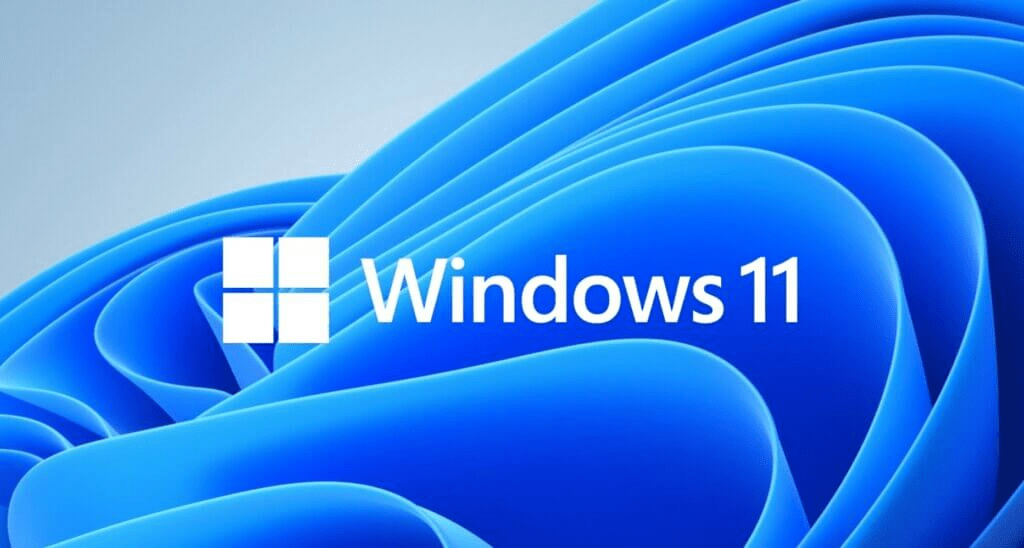
Its most recent major update of Microsoft's Windows NT operating system, Windows 11, was made available in October 2021. For all Windows 10 computers that fulfil the new Windows 11 system specifications, it is a free upgrade to its previous Windows 10 (2015).
A renovation of the Start menu, the removal of the taskbar's "live tiles" in favor of a different Widgets (Widgets are more like an extension of apps that come pre-installed with the devices itself) panel, the ability to create tiled groups of windows that can be minimized and returned from the taskbar as a group, and new gaming features like Auto HDR and Direct Storage on compatible hardware are all features of Windows 11.
All these features were inspired by the cancelled Windows 10X. Like Windows 10, Internet Explorer has been displaced as the default web browser with the Chromium-based Microsoft Edge. Microsoft Team has already been incorporated into the Windows environment. Additionally, Microsoft disclosed intentions to support more languages and provide more flexibility for applications that may be published through the Microsoft Store.
Microsoft formally backs the operating system on devices with an AMD Ryzen CPU based on Zen+ multiprocessors or beyond, an Intel Core CPU of the eighth generation or beyond, or a Qualcomm Snapdragon 850 ARM system-on-chip.
In several other countries (including Australia and North America), Windows 11 is the second most popular Windows version on Windows PCs, coming in at 11%. However, Windows 11 is still far behind Windows 10 in the United States, with a 77 per cent market share. Windows 11 is installed on 2.6 per cent of PCs throughout all platforms.
What is the edition of Windows?
Edition refers to a particular release of software or a product. An edition is a name given to any change made to a book. Hence this term usually relates to the book's content. The software could have a "free version" that gives a small number of features while the "premium edition" delivers the most.
For example- Microsoft windows home and professional are the two editions of windows.
Types of Windows edition
There are two most common editions of Windows:
- Windows Home
- Windows Professional
Windows Home
The entry-level version of Windows is Windows Home. It delivers all Windows' essential features, including the ability to browse the web, connect to the Internet, play video games, use office programs, and watch films. Additionally, many new computers already have it installed and are less expensive.
Windows Professional
Other names for Windows Professional include Windows Pro and Win Pro. Subscribers and small to medium-sized enterprises will benefit from this improved version of Windows. Along with all of Windows Home's capabilities, it also includes the following:
- Customers of Windows Professional versions have the option to establish a remote desktop connection. It allows users to join remotely with another system and share its mouse, keyboard and viewing display. Port 3389 is mostly used to access it. To establish a computer connection, we may alternatively utilize the TeamViewer or VNC software.
- Trusted Boot: It offers security and encryption of the boot loader and guards against rootkits for the PC (A collection of software tools that allow users to enter another computer through an unauthorized way known as rootkits).
- Using the AES (Advanced Encryption Standard) technique, Bitlocker enables users to secure a storage disc. Windows 7 and Windows Vista (only final and Enterprise editions) have this functionality.
The Bitlocker function is mostly used by business laptops and desktops to safeguard their data. It is very challenging to crack the Bitlocker passwords as if your machine had been stolen. Only the right password may be entered to open it. Additionally, you cannot recover your Bitlocker password if you lose it.
- Windows Sandbox: A sandbox is a virtual environment that users may use to explore or test data security without disrupting the system. It can be found on a computer, Internet, or online service.
- Hyper-V: A hypervisor was created by Microsoft Corporation on June 26, 2008. Windows Virtualization Technology is another name for it. Servers operating virtual machines and third-party applications, like VirtualBox, are virtualized using Hyper-V.
- Group policy management lets an administrator control how various Windows users are handled inside a company.
- It offers assistance for devices with higher RAM than 128 GB.
- Additionally, it provides a 34-day delay, variable scheduling, and additional Windows update installation choices.
Why Microsoft Windows called Windows?
All Microsoft customers previously utilized the MS-DOS operating system when Windows was not yet available. Most of Microsoft's products were given a single word, but a new Word was needed to reflect the company's new GUI operating system. Because it can carry out several activities and execute multiple apps at once, Microsoft chose the name Windows for it.
The fact that you couldn't trademark a common name like Windows was another justification for using the name Windows. The original version of Windows, code-named Microsoft Windows, was released in 1995.
Features of Windows
Memory management
A group of data in a certain format might be called memory. Instructions and processed data are stored there.
The operating system occupies a small portion of memory in a multiprogramming computer, whereas other portions are shared by many programs. Memory management is the process of allocating portions of memory to various processes. The operating system uses memory management to control disc and main memory accesses while a process is running. The effective use of memory is the primary goal of memory management.
Error detection and handling
Error management makes it possible to smoothly handle both hardware and software problems and enables delayed execution to continue. The reaction and recovery processes from error circumstances present in a software program are referred to as error handling. In other words, it is the procedure for predicting, detecting, and correcting communication, programming, and application failures. Error management aids in preserving the regular progress of program execution.
The followings are four types of error handling:
- Logical errors
- Generated errors
- Compile-time errors
- Runtime errors
Compatibility
Simply put, compatibility will be much greater with Windows 7 than it was with Vista. On Windows XP, many apps used by people and businesses did not function right away and required upgrades, but with Windows 7, practically all programs that function on Vista should still run.
Safety and Security
Two new touchscreen-specific authentication methods, as well as the addition of antiviral functionality to Windows Defender's built-in Smart Screen filtration, are among the new security features in Windows.
Windows Defender is Microsoft's anti-spyware program. Microsoft claims that the reason it was changed from "Microsoft AntiSpyWare" is that it not only does a system-wide scan for spyware, like other free solutions available but also has Real-Time Security agents that keep an eye out for changes in Windows that could be brought on by malware.
Additionally, Windows Defender has the ability to disable starting programs and uninstall installed ActiveX apps. Additionally, it includes the SpyNet network, which enables people to interact with Microsoft, transmit what they believe to be spyware, and choose whether apps are appropriate.
Information and resource protection
Protection describes a method that limits how users, processes, or other programs can access the resources that a computer system has designated. For several users to securely share a single logical namespace, such as a directory or set of files, we may utilize protection as support for multiprogramming operating systems.
Need for Protection:
- To safeguard that each running application or process in the system only consumes resources in accordance with the established policy,
- Stop unauthorized users from accessing the system.
- And increase dependability by finding hidden problems.
Interface and Desktop
Windows makes major UI modifications to the operating system, some of which are intended to enhance the user experience on touchscreen tablets and other machines.
Program execution
During program execution, the operating system, the application software, and the customer data are stored in separate regions of RAM. The application program utilizes operating system functions to read in, process, and save the data. PC processors employ standard memory management strategies and multi-byte instructions stored in many 8-bit regions to speed up program execution.
File system
A file system, often known as file management or FS, is a method of controlling how and where data is stored on a disc. It is a logical disc component that organizes data into groups called directories for the purpose of reduction.
The folders may contain files and different directories. Although Windows supports several file systems, NTFS is the most used today. Without file management, it would be impossible for two files with the same name to coexist, it would be difficult to uninstall installed applications and retrieve certain files, and data would not be organized without a file structure.
Supervision mode
All commands, even those with permissions, can be carried out by the processor in a device's supervisor mode. So, that it can carry out both authorized operations and input/output activities. In this mode, a computer's operating system typically works.
The supervisor mode can modify, create, and access memory address spaces and other activities. Additionally, it can access various OS data structures.